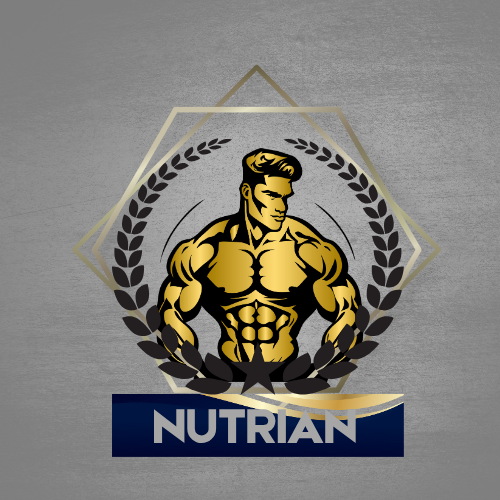
Table of Contents
Introduction to Fitness
Why Fitness Matters for a Healthy Lifestyle
Different Types of Fitness Training
Strength Training
Cardiovascular Training
Flexibility & Mobility Training
Functional Training
Fitness for Beginners: How to Start Your Journey
Best Fitness Tips for Sustainable Results
Nutrition and Fitness: The Perfect Pair
Common Fitness Myths Busted
Creating a Personalized Fitness Plan
Importance of Rest and Recovery
Conclusion: Building a Lifelong Fitness Lifestyle
Why Fitness Matters for a Healthy Lifestyle
Regular exercise improves heart health, boosts metabolism, and enhances mental clarity. Studies show that people who follow a consistent fitness routine are less likely to suffer from chronic diseases like obesity, diabetes, and hypertension. Fitness is not just about aesthetics—it’s about holistic well-being.
Different Types of Fitness Training
Strength Training
Builds muscle, improves bone density, and helps burn fat effectively. Popular methods include weightlifting, resistance bands, and bodyweight exercises.
Cardiovascular Training
Boosts endurance and keeps your heart strong. Activities like running, cycling, swimming, and HIIT (High-Intensity Interval Training) are highly effective.
Flexibility & Mobility Training
Improves posture, prevents injuries, and increases range of motion. Yoga and dynamic stretching are great examples.
Functional Training
Focuses on real-life movements to enhance strength and balance. Exercises like squats, lunges, and kettlebell swings fall into this category.
Fitness for Beginners: How to Start Your Journey
If you’re new, begin with 30 minutes of moderate exercise, 3-4 times a week. Focus on building a routine, mastering basic movements, and gradually increasing intensity. Remember—consistency is more important than perfection.
Best Fitness Tips for Sustainable Results
Set realistic fitness goals.
Track your progress with fitness apps.
Stay hydrated and get proper sleep.
Mix up your workouts to avoid boredom.
Listen to your body to prevent injuries.
Nutrition and Fitness: The Perfect Pair
Your workouts are only as effective as your nutrition. A balanced diet rich in protein, complex carbs, healthy fats, and micronutrients fuels muscle recovery and growth. Consider supplements like whey protein, creatine, and BCAAs if needed.
Common Fitness Myths Busted
Myth: Lifting weights makes women bulky.
Truth: Strength training helps tone and boost metabolism.Myth: Cardio alone is enough for fat loss.
Truth: A mix of strength + cardio gives the best results.Myth: You need hours in the gym.
Truth: Even 20–30 minutes of effective training can transform your health.Creating a Personalized Fitness Plan
To see real results, personalize your fitness plan:
Define your goals (weight loss, muscle gain, endurance)
Choose a split (full-body, push-pull, upper-lower)
Add progressive overload for strength gains
Track nutrition and recovery
Importance of Rest and Recovery
Fitness progress happens outside the gym during rest. Aim for 7-8 hours of quality sleep, include active recovery (walking, yoga), and schedule rest days to prevent burnout.
Conclusion: Building a Lifelong Fitness Lifestyle
Fitness isn’t a short-term goal—it’s a lifestyle. With the right training, nutrition, mindset, and recovery, anyone can achieve lasting results. Start small, stay consistent, and enjoy the journey toward a healthier, stronger you.
